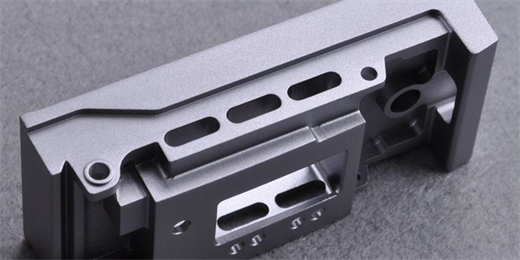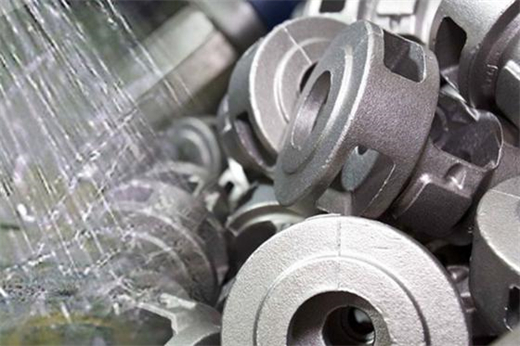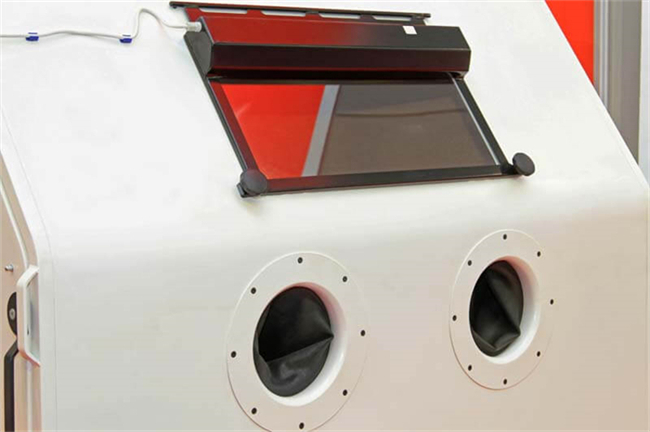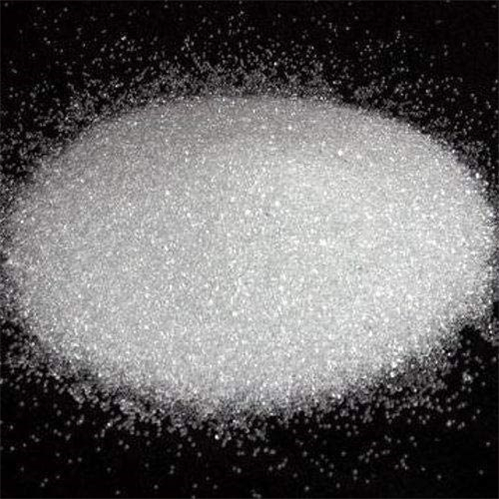

Postion: Home > Our Case > Metal Fabrication >

 CATEGORIES
CATEGORIESBead blasting is a finishing process that uses fine glass beads shot at high pressure to clean and smooth surfaces. This method is commonly used on metals, plastics, glass, and rubber to achieve a consistent, satin-like finish without damaging the base material.

Unlike other abrasive blasting methods that use sharp or rough media, bead blasting employs smooth, round beads. This results in a clean, polished surface with minimal material removal. It’s an ideal method for achieving matte finishes on aluminum or cleaning delicate parts without damage.

To achieve optimal results, manufacturers rely on specialized bead blasting cabinets that are sealed, durable, and safe. Key features include:

Glass beads are eco-friendly, silica-free, and chemically inert. They produce a clean, bright finish without discoloring the base material. Often reusable up to 30 times, they are ideal for surface preparation and cosmetic cleaning.

Steel shot offers heavy-duty cleaning power and is reusable for hundreds of cycles. It’s commonly used for rust removal, peening, and structural reinforcement of parts made from steel and cast iron.
Aluminum oxide provides a rough, matte finish and is often used to prepare surfaces for anodizing or paint. It’s aggressive and suitable for hard materials, but may cause discoloration or roughness on softer substrates.
Plastic media, such as Urea, is ideal for delicate components. It’s lightweight, gentle, and commonly used for stripping coatings or deflashing molded parts. However, it’s not suitable for achieving visual finishes.

Contact us and just send us your drawing (SolidWorks,ProE,CAD,PDF,DXF...)
Links: Metal Stamping Services | Sheet Metal Fabrication Services | precision cnc machining and milling services | Metal Welding Services | metal Cutting Services | Metal Bending Service | Sheet Metal Enclosure Fabrication | Surface Finishing |